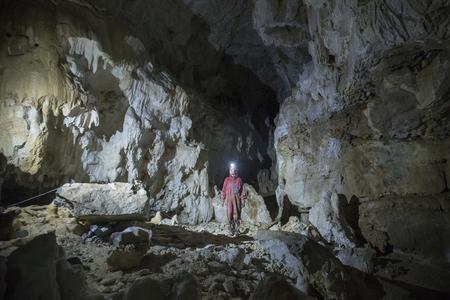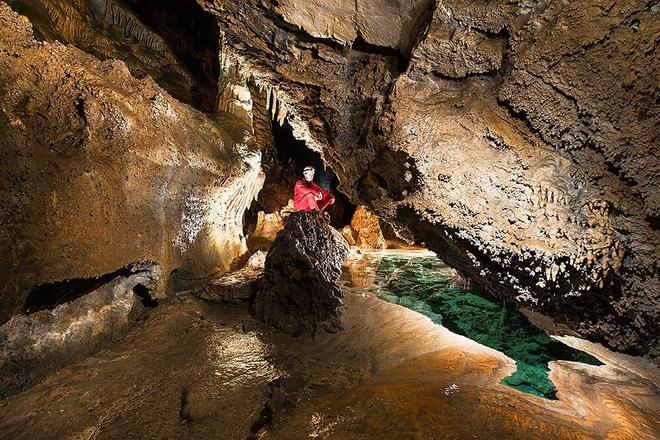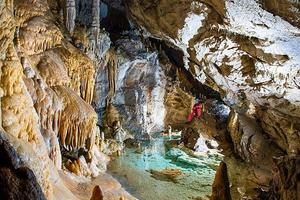The Cave of Peace is located between the famous Demänovská Cave of Freedom and the Demänovská Ice Cave, which form one of the most remarkable cave systems in the Carpathians. Although work to make it accessible began shortly after its discovery almost 70 years ago, no visitor has ever entered the Cave of Peace.
Ján Zuskin, director of the Slovak Caves Administration, maintained that the Demänovská Cave of Freedom and the Demänovská Ice Cave are rare sites.
 Find out more about the region of folklore, national parks and modern attractions in our Žilina Region Travel Guide. (source: Spectacular Slovakia)
Find out more about the region of folklore, national parks and modern attractions in our Žilina Region Travel Guide. (source: Spectacular Slovakia)
"Anyone who likes to visit caves cannot be disappointed," Zuskin told the My Liptov website.
The Demänovská Cave of Peace, over 16 kilometres in length, is the longest of the caves in the Demänovská system. It is home to several unusual features such as the largest lake in the entire system and a huge sinter formation reminiscent of the Dukla monument in eastern Slovakia.
Cave adapted to the tourist route
The Cave of Peace was discovered in 1952. A year later, cavers officially announced that it would be made available to the public. However, it took very long to create the plan of how to make the cave accessible to people, and the work itself did not begin until the late 1970s.
However, more than 30 years ago, work stopped completely. There is still a two-kilometre-long concrete path in the cave and a lot of rust-eaten iron, which miners used to make railings and load-bearing structures.
The work on making the cave accessible was not exactly considerate of the extremely sensitive cave space. Miners adapted the cave to the path, not the other way around. They perceived various cave corridors and holes as pits, covering them with rubble. Tons of such material have remained in the cave.
What has been left in the cave after the careless access work represents a burden that needs to be removed.
Problem to be fixed
The State Nature Conservancy of Slovak Republic, under which the Slovak Caves Administration falls, received financial support from the EU to restore the disrupted parts of the underground of the Demänovská Cave of Peace and the subsequent reconstruction of the tourist route itself.
The estimated value of the project is €1.4 million.
"The aim is not to make the cave accessible for commercial purposes in the first place, but to relieve the cave of damaging loads," Zuskin said.

The cave will not be accessible to the public until five years after the end of the project, he added.
Spectacular Slovakia travel guides
A helping hand in the heart of Europe thanks to the Slovakia travel guide with more than 1,000 photos and hundred of tourist spots.
Detailed travel guide to the Tatras introduces you to the whole region around the Tatra mountains, including attractions on the Polish side.
Lost in Bratislava? Impossible with our City Guide!
See some selected travel articles, podcasts, traveller's needs as well as other guides dedicated to Nitra, Trenčín Region, Trnava Region and Žilina Region.



 The Demänovská Cave of Peace was discovered in 1952. (source: SSJ/Pavol Staník)
The Demänovská Cave of Peace was discovered in 1952. (source: SSJ/Pavol Staník)


